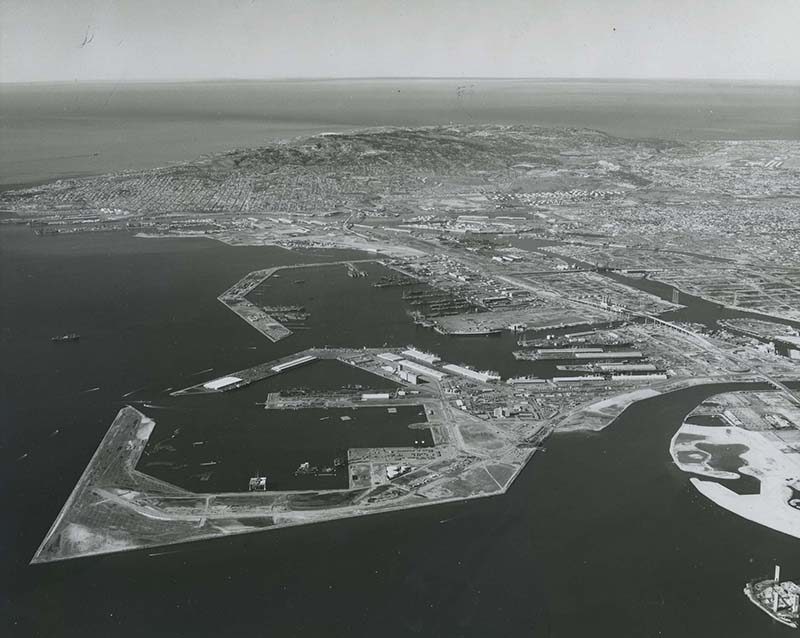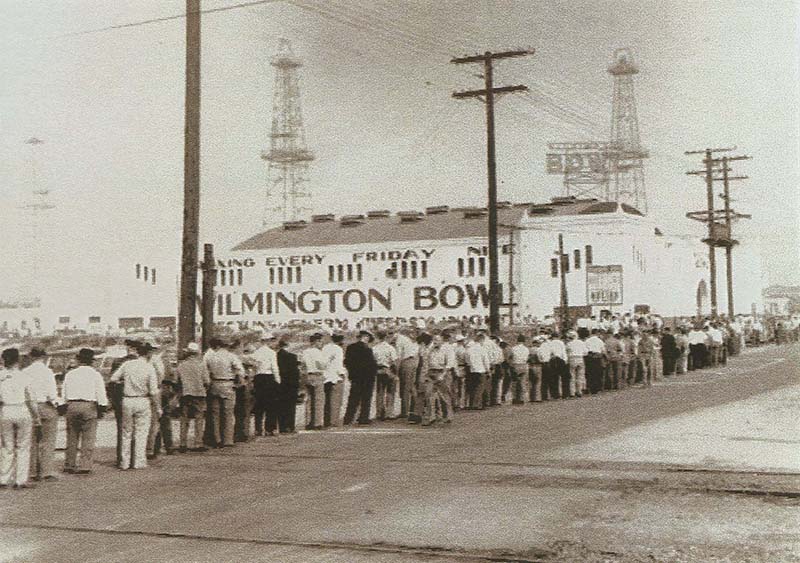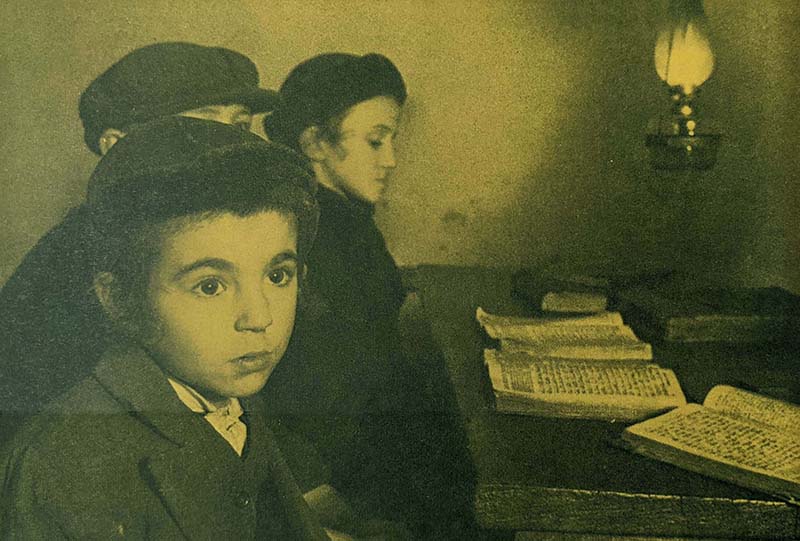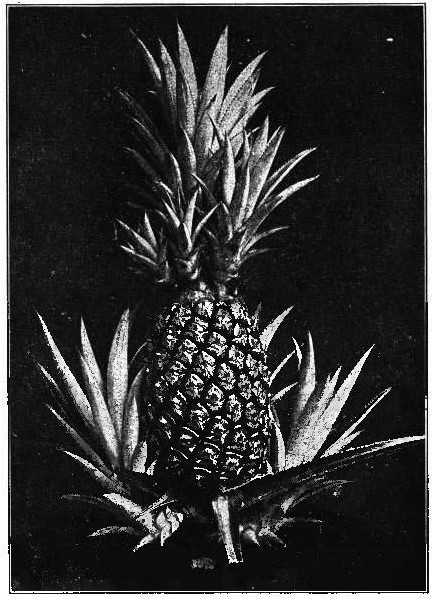Oral histories can be useful tools for documenting divergent perspectives of the same event. No two people ever experience an event in exactly the same way. Oral histories conducted with multiple people who lived through the same experience can expose those seeking to understand the event to multiple perspectives rather than focusing on a singular authority.
When an individual experiences an event, information about it is encoded in their brain, and can be later retrieved as memories. Their perception of contextual sensory information shapes how that memory is encoded, and is itself strongly shaped by their past experiences and future expectations.
When interviewees share their memories in an oral history the context of their life experience will have shaped the way they remember and retell them. Personal life experiences, as well as external reactions to an interviewee's race, religion, and political views, are only some of the ways memories can encode and present alternate perspectives.
George Love & Walter Williams
View Item
The "Unemployed 500" were a group of primarily Black longshoremen that joined the International Longshoremen's and Warehousemen's Union (ILWU) union during World War II. After the war they were deregistered from the union under a newly-instated seniority rule. In these two clips George Love and and Walter Williams, both longshoremen, discuss their work and perspectives on the Unemployed 500.
Love was interviewed in 1989 by Tony Salcido, and Williams in 1988 and 1990 by Tony Salcido and Robert Marshall, both as part of the ILWU Local 13 Oral History Project. Love, a white man, was born in Texas and grew up in Louisiana. He served in the Navy for six years before settling in San Pedro and beginning work as a longshoreman. Williams was Black and born in the 1920s. He faced and fought discrimination in several union jobs before beginning work in 1943 under temporary registration in the ILWU. He was a central organizer for the Unemployed 500's efforts to seek reinstatement into ILWU, Local 13.


Stan Charnofsky & Ed Peckham
View Item
On November 4, 1968 at California State University, Northridge, white football coach Don Markham allegedly assaulted African-American football player George Boswell. The Black Student Union demanded that CSUN fire Markham for his actions. After Athletics Director Glenn Arnett declined to do so, the group marched to the Administration Building (now Bayramian Hall) and demanded to meet with acting campus president Paul Blomgren.
Dr. Stanley Charnofsky and Dr. Edmund T. Peckham were interviewed in 1991 by John Broesamle for his book Suddenly a Giant: A History of California State University, Northridge. In November 1968 Charnofsky was the Educational Opportunity Program director, and set up the meeting between the students and Arnett. He walked with the protesting students to the Administration Building. Peckham was Dean of Students and working in the administration building on November 4th. Charnofsky and Peckham discuss their memories of protester Eddie Dancer's actions in the building that day.


Ed Hoffman & Henry Slucki
View Item
Ed Hoffman and Henry Slucki were interviewed in the early 1980s by Sara Moskovitz for her Child Survivors of the Holocaust project. Hoffman was born in 1929 in Eastern Europe. He spent the war's early years hiding in the Carpathian Mountains, but was rounded up in 1944 and taken to Auschwitz. He was later moved to Gross Rosen and Matthausen concentration camps, and was the only Holocaust survivor on his mother's side of the family.
Henry Slucki was born in Paris in 1934. When the Nazis invaded, his family traveled to unoccupied southern France before going to Spain. Slucki secured a spot on a ship First Lady Eleanor Roosevelt organized for child refugees to come to the United States. Slucki was eventually reunited with his parents in the US. In these clips, Hoffman and Slucki describe their experiences as children during the Holocaust.

